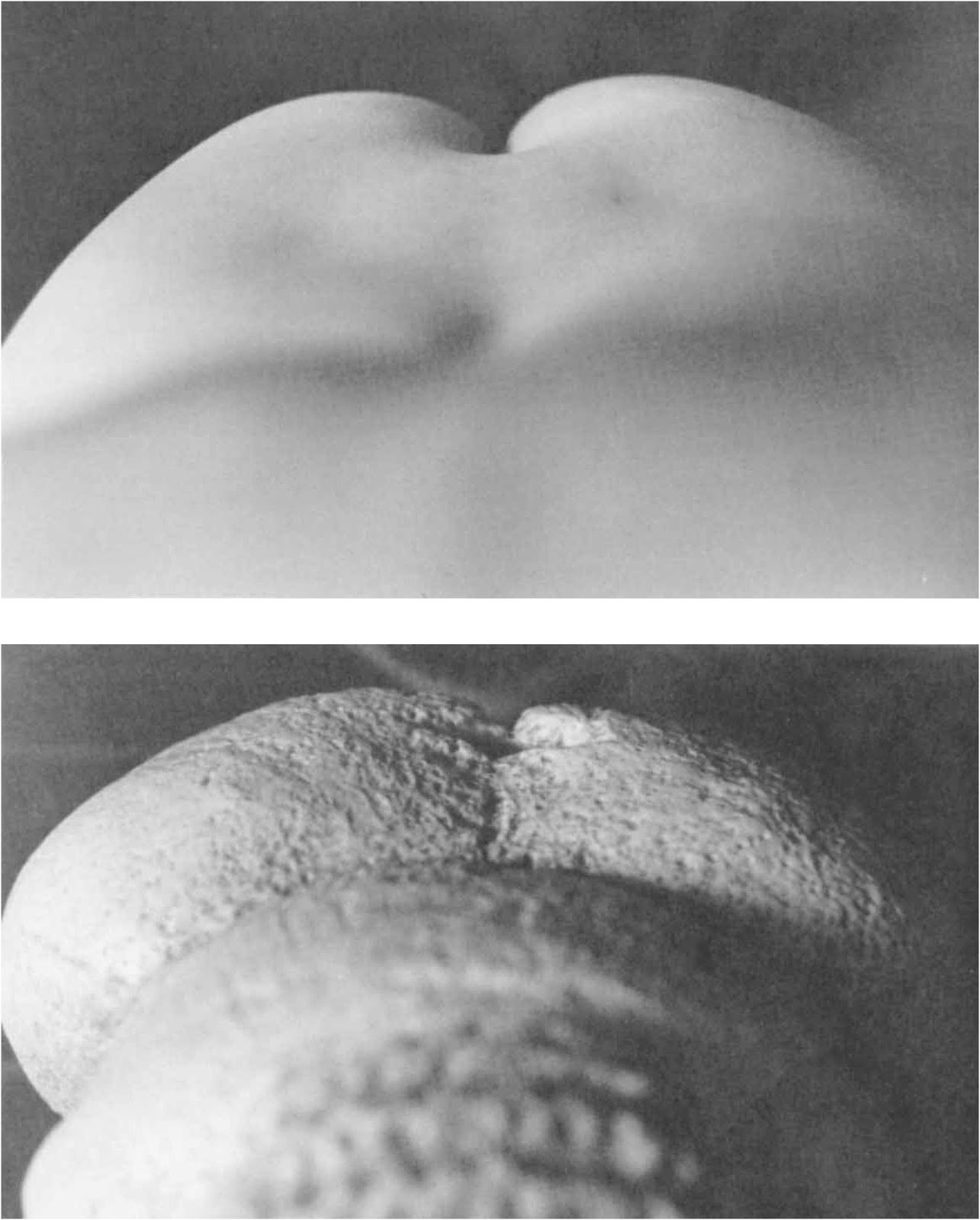 |
| Lascaux Cave Painting http://www.lascaux.culture.fr/?lng=en#/fr/00.xml |
According to About.com, "'Venus figurine' is the name given to a nearly universal type of art, appearing first in the Upper Paleolithic period between 31,000 and 9,000 years ago. These small, portable objects include carved plaques and 2- and 3-dimensional representations of humans" (About). Venus figurines are made from stone bone or ivory and fired clay (Wikipedia). The Venus figurines very in size with the smallest measuring only a few centimeters.
There are many theories and interpretations about the origins and purpose of the Venus figurines. so far I am finding little consensus between the theories that have been published thus far. That means I get to come up with a theory of my own! But first, I want to highlight some of the theories that already exist about the purpose of the figurines.
Different theories on the purpose behind the Venus figurines:
Figurines with exaggerated breasts stomach and buttocks may have been representative of women's health and fertility (Wikipedia). this in turn meant that the women would be physically fit to produce children. In other words the figurines resemble motherhood. This is interpreted due to the fact that the Venus figurines appear to be pregnant.
Patricia Rice argues that the figurines not only represent motherhood, but also represent womanhood. Glorification of fertility seems to be a common thread of other authors. Rice argues that Venus figurines represent women as adults who go through womanhood their whole lifetime, not just when giving birth.
Paul Mellars argues that the Venus figurine discovered at Hohle Fels is representative of pornography due to its proportions. "[T]he figure is explicitly — and blatantly — that of a woman, with an exaggeration of sexual characteristics (large, projecting breasts, a greatly enlarged and explicit vulva, and bloated belly and thighs) that by twenty-first-century standards could be seen as bordering on the pornographic" (2009: 176).
I find the interpretation that Venus figurines are self representations of women's bodies to be very interesting. In his article, McDermott argues that the Venus figurines resemble the actual bodies of women as interpreted by themselves rather than others. Symbolic distortion is argued not to be the reason for the shapes of the figurines but rather the way women see their bodies when looking down on themselves. The author uses photographic simulations by taking pictures of woman’s bodies from a natural perspective where they look down upon their stomachs, hips, and backs.
 |
| McDermott page 246 |

I found a very useful blog online. The author seems to know her stuff even though she does not site where she got her information from.
http://chesterfieldpagans.org/2010/06/01/venus-figurines/
http://chesterfieldpagans.org/2010/06/01/venus-figurines/
Works Cited:
Hirst, Kristin. “Venus Figurines.” About.com, n.d. Web. 28 Oct. 2012
Mellars, Paul. “Archaeology: Origins of the female image.” Nature. 459 (2009): 176-177. Web. 30 Oct. 2012
McDermott, LeRoy. “Self-Representation in Upper Paleolithic Female Figurines.” Current Anthropology, Vol. 37, No. 2 (Apr., 1996): 227-275. Web. 21 Oct. 2012
http://www.jstor.org/stable/2744349
Rice, Patricia C. “Prehistoric Venuses: Symbols of Motherhood or Womanhood?” Journal of Anthropological Research, Vol. 37, No. 4 (Winter, 1981): 402-414. Web. 30 Oct. 2012 http://www.jstor.org/stable/3629836
“Venus Figurines.” Wikipedia. Wikimedia Foundation, Inc. n.d. Web. 4 Nov. 2012
No comments:
Post a Comment